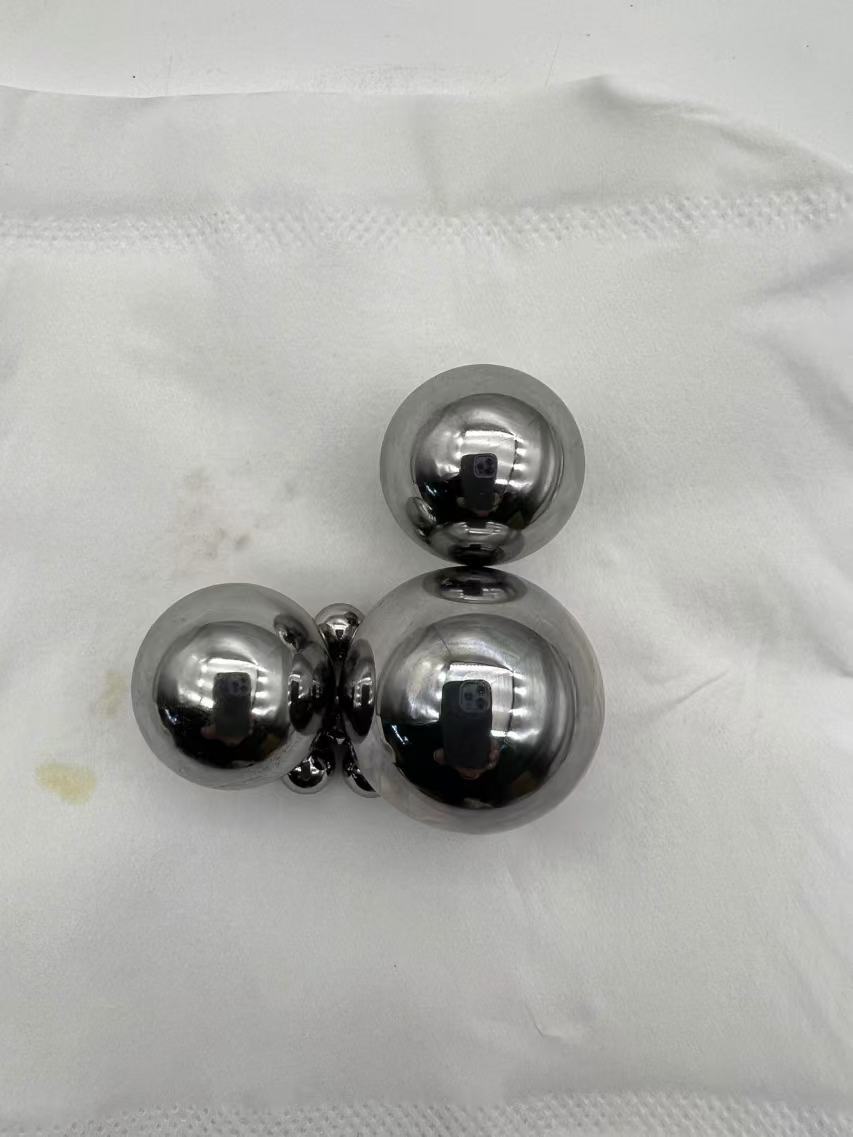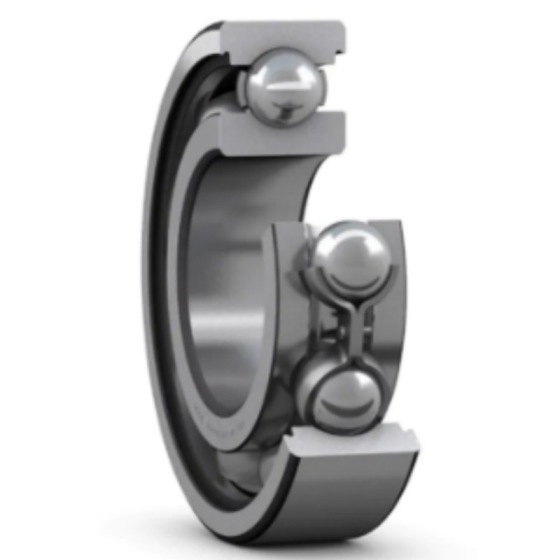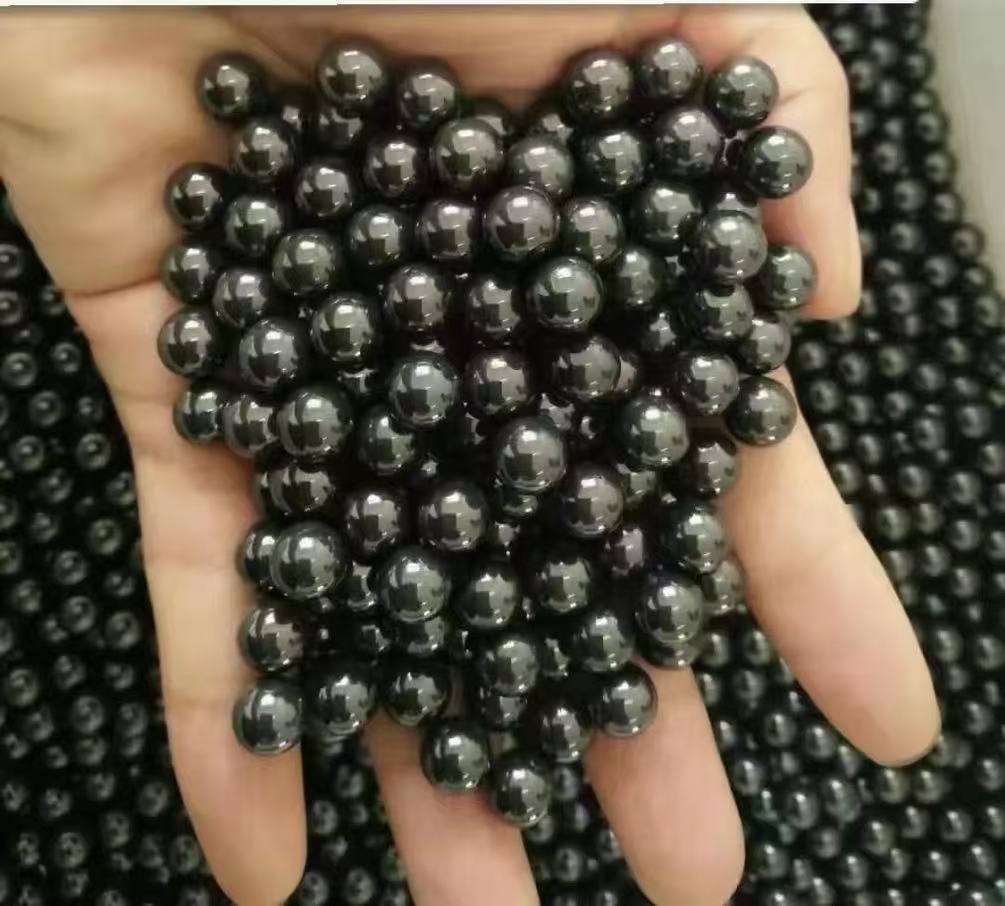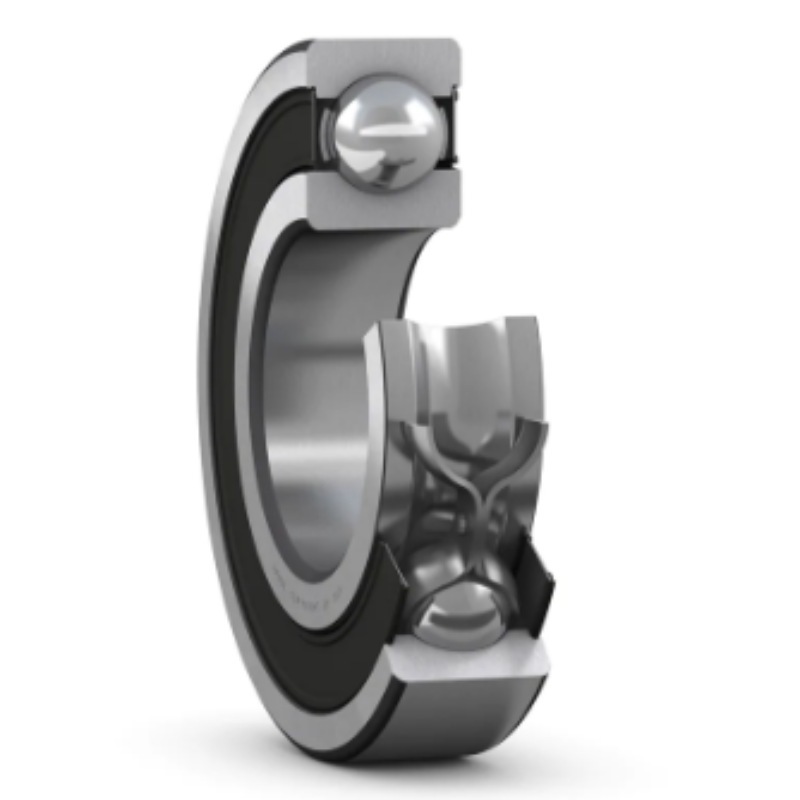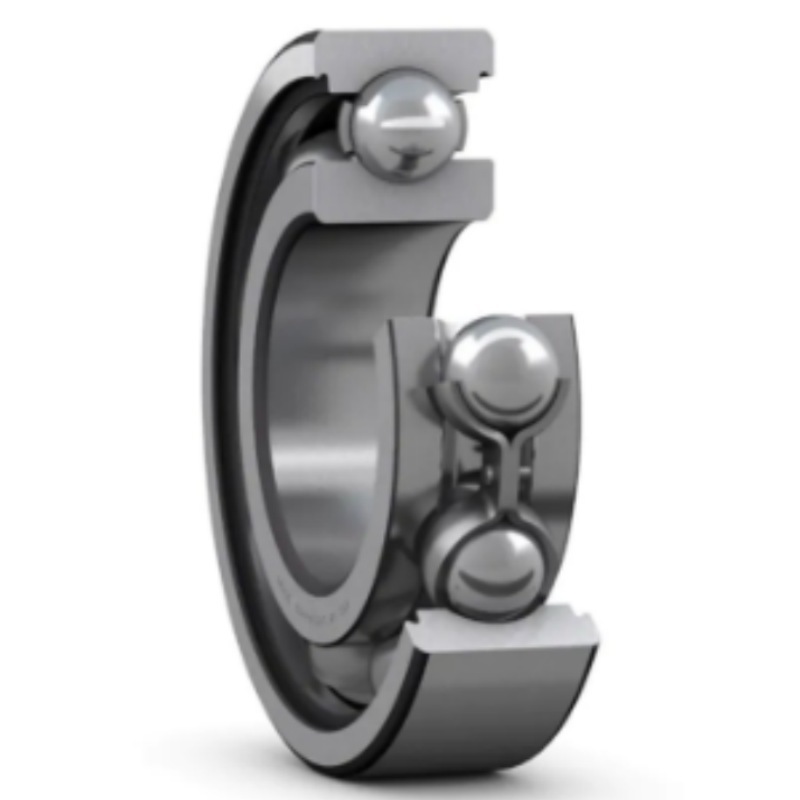Understanding Precision Steel Balls: G10 and G16 Grades for Industrial Applications
Release time:
Jul 29,2025
Precision steel balls are critical components in many industrial applications, particularly in the bearing industry. Among the various grades available, G10 and G16 precision steel balls are widely recognized for their reliability and performance. Understanding the differences between these grades can help you make informed decisions for your equipment and component needs.
**Grade Definitions and Specifications**
The "G" in G10 and G16 refers to the grade of the ball, indicating the tolerance and surface finish. G10 precision steel balls have a diameter tolerance of ±0.01 mm and are often used in applications where the highest level of precision is required. In contrast, G16 balls have a slightly broader tolerance of ±0.02 mm, making them suitable for applications where a slightly lesser degree of precision is acceptable without compromising functionality.
**Material and Production Quality**
Both G10 and G16 precision steel balls are typically manufactured from high-quality materials, often stainless steel or chrome steel. These materials are selected for their durability, corrosion resistance, and ability to withstand high levels of stress and wear. The production processes involve high-precision machining methods, including grinding and polishing, to achieve the necessary tolerances and surface finishes.
**Applications and Use Cases**
Precision steel balls are utilized across a range of industrial applications, including:
1. **Bearings**: Both G10 and G16 balls are commonly used in various types of bearings. G10 balls are preferable for high-speed or high-load applications, while G16 balls may be adequate for lower-speed operations.
2. **Linear Motion Systems**: These balls provide smooth movement in linear guides and other motion systems, ensuring minimal friction and wear.
3. **Valves and Pumps**: Precision steel balls are employed in valve mechanisms and fluid systems to facilitate efficient flow control.
**Choosing the Right Grade**
When selecting between G10 and G16 precision steel balls, consider the specific requirements of your application. Evaluate factors such as load capacity, speed, environmental conditions, and budget constraints. It is often beneficial to consult with industry professionals to determine the most suitable grade for your needs.
**Conclusion**
In summary, precision steel balls, specifically the G10 and G16 grades, play a vital role in the functionality and efficiency of various industrial systems. By understanding the distinctions between these grades and their appropriate applications, you can enhance the performance and longevity of your equipment while ensuring optimal operational efficiency.
**Grade Definitions and Specifications**
The "G" in G10 and G16 refers to the grade of the ball, indicating the tolerance and surface finish. G10 precision steel balls have a diameter tolerance of ±0.01 mm and are often used in applications where the highest level of precision is required. In contrast, G16 balls have a slightly broader tolerance of ±0.02 mm, making them suitable for applications where a slightly lesser degree of precision is acceptable without compromising functionality.
**Material and Production Quality**
Both G10 and G16 precision steel balls are typically manufactured from high-quality materials, often stainless steel or chrome steel. These materials are selected for their durability, corrosion resistance, and ability to withstand high levels of stress and wear. The production processes involve high-precision machining methods, including grinding and polishing, to achieve the necessary tolerances and surface finishes.
**Applications and Use Cases**
Precision steel balls are utilized across a range of industrial applications, including:
1. **Bearings**: Both G10 and G16 balls are commonly used in various types of bearings. G10 balls are preferable for high-speed or high-load applications, while G16 balls may be adequate for lower-speed operations.
2. **Linear Motion Systems**: These balls provide smooth movement in linear guides and other motion systems, ensuring minimal friction and wear.
3. **Valves and Pumps**: Precision steel balls are employed in valve mechanisms and fluid systems to facilitate efficient flow control.
**Choosing the Right Grade**
When selecting between G10 and G16 precision steel balls, consider the specific requirements of your application. Evaluate factors such as load capacity, speed, environmental conditions, and budget constraints. It is often beneficial to consult with industry professionals to determine the most suitable grade for your needs.
**Conclusion**
In summary, precision steel balls, specifically the G10 and G16 grades, play a vital role in the functionality and efficiency of various industrial systems. By understanding the distinctions between these grades and their appropriate applications, you can enhance the performance and longevity of your equipment while ensuring optimal operational efficiency.
Previous
Previous
News


